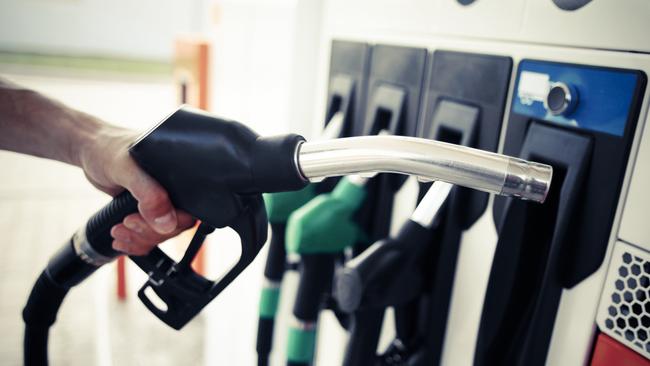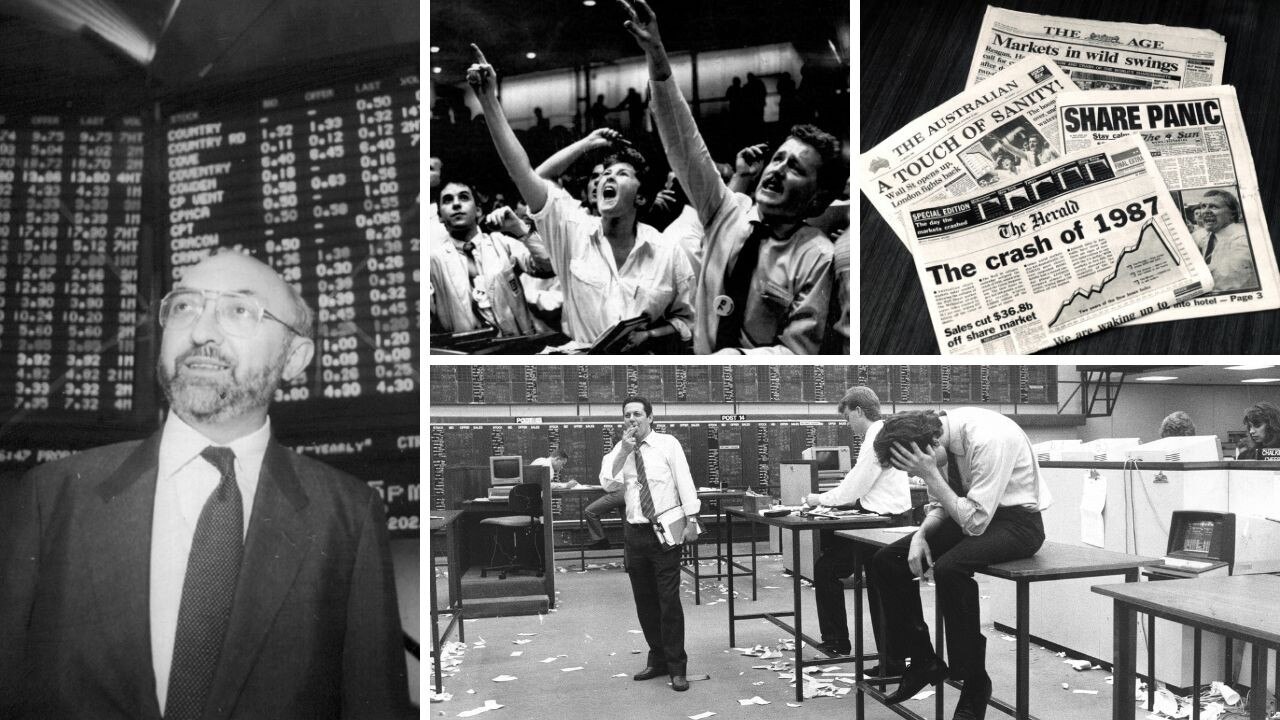War in Ukraine will have economic consequences for Australians
It’s a global tragedy in human terms, but the war in Ukraine will also have a financial effect on Australians and our economy.

Terry McCrann
Don't miss out on the headlines from Terry McCrann. Followed categories will be added to My News.
The war in Ukraine is shaping up to be net positive for Australia as a country but a complicated mix of net negative for Australians as individuals in the short term, but probably also positive for them longer term.
That is to say, in financial and economic terms. Obviously, in geopolitical – and just plain human – terms there is nothing positive about it for anyone on the planet.
It really is a global tragedy; visited on every one, but especially on the 44 million Ukrainians at whom Vladimir Putin has launched his appalling devastation.
He’s also effectively attacked his own people: the thousands of Russian lives that have already been lost or wrecked; the thousands more that will be while he persists.
Indeed, all 130 million Russians will be hurt by his actions, and the entirely justified global response.
Just as it is impossible to take Ukraine and its people back to where they were two weeks ago, the same applies to Russia and Russians.
For Australia though, as a distant if active spectator, the positive for the country and the immediate negative for individuals, are both captured in the petrol price – hitting $2 and heading higher.
Australia is a major net energy exporter.
Yes, we are now a net oil importer. Indeed, we now get most of our petrol refined overseas whereas 40 years ago we refined most of it here, when we were also self-sufficient in producing oil.
But if you ban looking for it, as governments across the board have effectively done, you don’t have new oil fields coming on as the existing oil fields run down; you have to import more and more and your local refineries close as well.
But our oil imports are vastly offset by our exports of coal and natural gas (LNG).
The surge in the oil price over $US100 ($140), which has sent the price at the pump to $2, has directly carried with it a similar surge in the LNG price, and an even bigger leap in the coal price.
Such that the price of supposedly inferior energy coal has even leapt above the price of quality met coal – for steel-making; and we have the best quality energy coal in the world, thereby commanding a premium on these spectacularly high prices.
Then add on the surge in the wheat price; we can sell as much as we can produce and ship at spectacular prices.

The wheat prices could go even spectacularly higher yet, and stay higher for years. Between them Russia and Ukraine ship nearly 40 per cent of the global wheat trade. The prospects for both look grim. Russia may not be allowed to ship its wheat; Ukraine may not be able to.
All this is proving a bonanza for a range of companies, and their shareholders, and also for the national government and the NSW, Queensland and WA government tax revenues.
It is also playing out in higher prices for Australian consumers – directly at the pump and indirectly as the cost of petrol in transportation feeds back into prices of consumer goods.
Longer-term – as we go through 2022 and into 2023 – it could play out in higher wages. It will also likely delay the Reserve Bank in raising interest rates.
Right now, and for much of 2021 and especially the second half, prices have been rising faster than wages. Through March last year, the pain was muted by JobKeeper, but since then workers have essentially “been on their own”.
In the September quarter we finally saw some stirring with wages; in the December quarter as Victoria and NSW came out of lockdown that clearly accelerated.
Depending what happens with immigration, the tightening jobs market was going to force employers to lift wages through 2022.
Although there will be a significant element of higher wages trying to chase higher inflation, the overall buoyant economic environment – absent something out of Ukraine too horrible to contemplate – is likely to see wages “catch” inflation so to speak.
Yes, that will then force the RBA to start hiking, but it will still do so slowly. So on balance, in the back end of 2022 and into 2023, the average Australian should be finishing – just – in front.
All subject of course to “events” – unique and horrible events in and out of Ukraine.
We’ve had the GFC, the Asian financial crisis, even a geopolitical “event” like 9/11, but we’ve never seen anything like this before – in large part because it is so utterly irrational: Putin launching his attack on Ukraine.
It’s possible we could wake up suddenly and the nightmare is over, in “hot terms”. But even in that “best case”, the reverberations are going to play out for months and indeed years.



